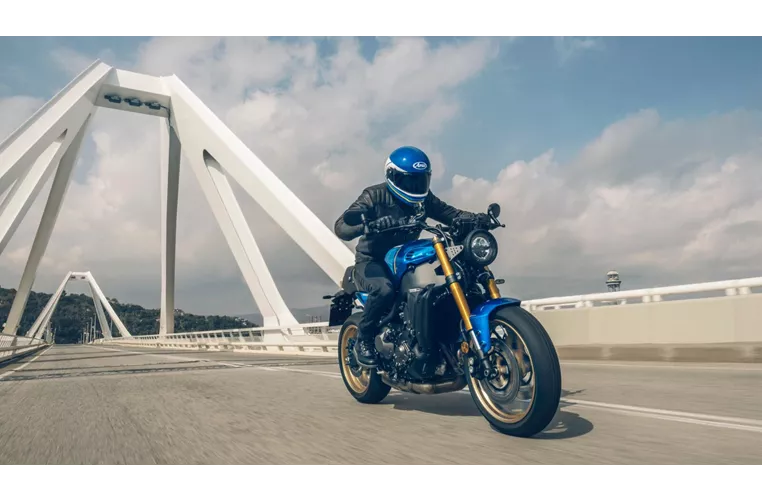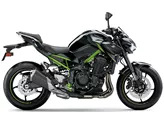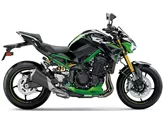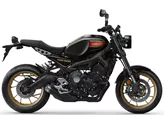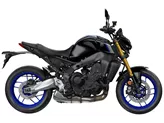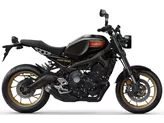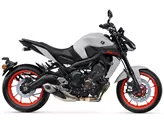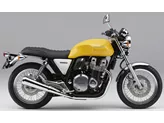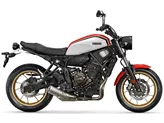Kawasaki Z900 2019 vs. Yamaha XSR900 2022

Kawasaki Z900 2019
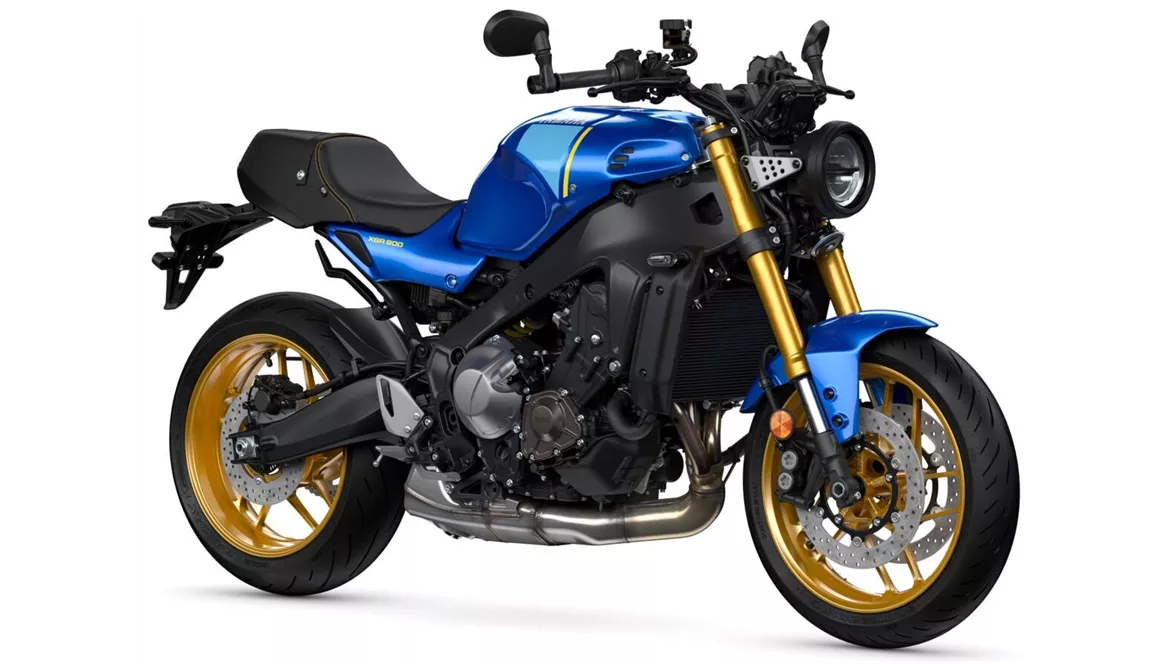
Yamaha XSR900 2022
Overview - Kawasaki Z900 2019 vs Yamaha XSR900 2022
The Kawasaki Z900 2019 and the Yamaha XSR900 2022 are both naked bikes that offer a thrilling riding experience. Let's compare these two models based on their technical specifications and strengths.
In terms of engine performance, the Kawasaki Z900 2019 is equipped with a 125.4 HP inline 4-cylinder engine, while the Yamaha XSR900 2022 features a slightly less powerful 119 HP inline 3-cylinder engine. Both bikes have liquid cooling and offer good torque, with the Z900 producing 98.6 Nm and the XSR900 generating 93 Nm. The Z900 has a larger displacement of 948 ccm compared to the XSR900's 889 ccm.
When it comes to suspension, both bikes feature upside-down telescopic forks at the front and a swing arm with a monoshock at the rear. This setup provides a comfortable and stable ride for both models. However, the Yamaha XSR900 2022 has an advantage in terms of chassis, as it is built with an aluminum frame compared to the steel frame of the Kawasaki Z900 2019. The XSR900's twin tube frame offers better rigidity and contributes to its sporty performance.

Kawasaki Z900 2019
In terms of braking, both bikes are equipped with double disk brakes at the front. The Z900 has slightly larger 300 mm diameter disks, while the XSR900 has 298 mm diameter disks. Both models also come with ABS as part of their advanced rider assistance systems.
In terms of dimensions and weights, the Yamaha XSR900 2022 has a slightly longer wheelbase of 1495 mm compared to the Z900's 1450 mm. The XSR900 also has a higher seat height of 810 mm compared to the Z900's 795 mm. However, the XSR900 is lighter with a kerb weight of 193 kg, while the Z900 weighs 210 kg with ABS.
Now let's consider the strengths of each model. The Kawasaki Z900 2019 offers light and natural handling with high stability, thanks to its well-designed chassis. The engine provides a smooth and powerful performance, especially in the mid revs. The Z900 also offers a comfortable sitting position and is priced fairly compared to its competitors.
On the other hand, the Yamaha XSR900 2022 boasts a powerful engine and comes with a quickshifter as standard, allowing for seamless gear shifts. It also has good brakes and an advanced electronics package, including riding modes, cornering ABS, ride by wire, cruise control, and traction control. The XSR900 offers a sporty yet everyday ergonomic riding position and provides value for money. Additionally, there are many accessories available from the manufacturer.
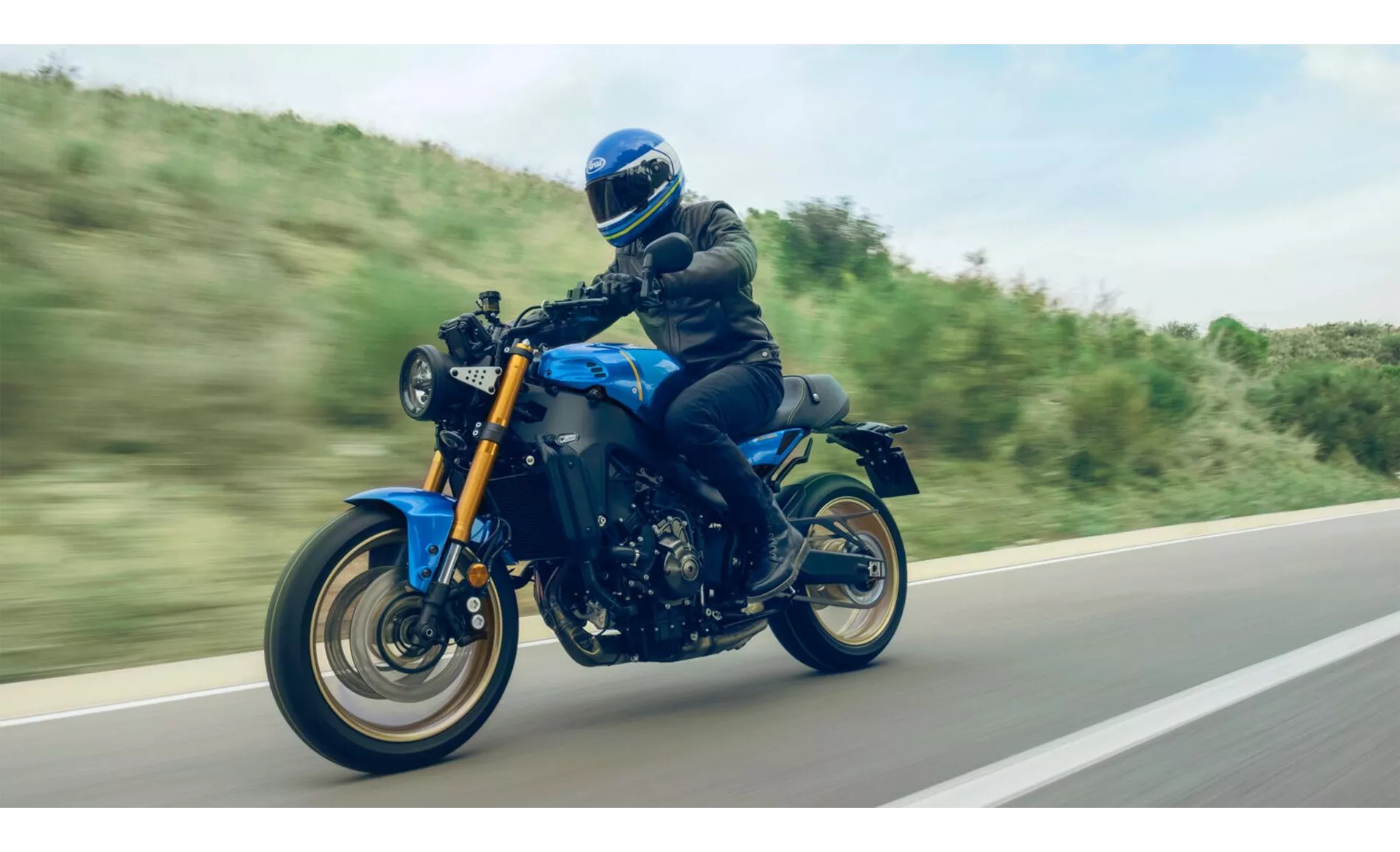
Yamaha XSR900 2022
However, both models have their weaknesses. The Kawasaki Z900 2019 has a TFT display mounted too low, which can be inconvenient for the rider. The menu operation can also be cumbersome, and the rearview mirrors offer modest visibility.
On the other hand, the Yamaha XSR900 2022 has a hard seat, which may not be comfortable for long rides. Additionally, it has a low steering angle, which may limit maneuverability in certain situations.
In conclusion, both the Kawasaki Z900 2019 and the Yamaha XSR900 2022 are impressive naked bikes with their own strengths and weaknesses. The Z900 offers a smooth and stable ride with a comfortable sitting position, while the XSR900 provides a powerful engine and advanced electronics. Ultimately, the choice between these two models will depend on the rider's preferences and priorities.
Technical Specifications Kawasaki Z900 2019 compared to Yamaha XSR900 2022
Pros and Cons in comparison
Pros and Cons in comparison
Kawasaki Z900 2019

Fortunately, the new Kawasaki Z900 has lost none of its character through the use of electronics. It is and remains a playful mid-range naked bike, which at the same time masters the brisk pace on the country road magnificently. The riding pleasure and suitability for everyday use are high, the now installed riding aids offer a plus in safety. Your opponents will have a really hard time from now on.
Yamaha XSR900 2022
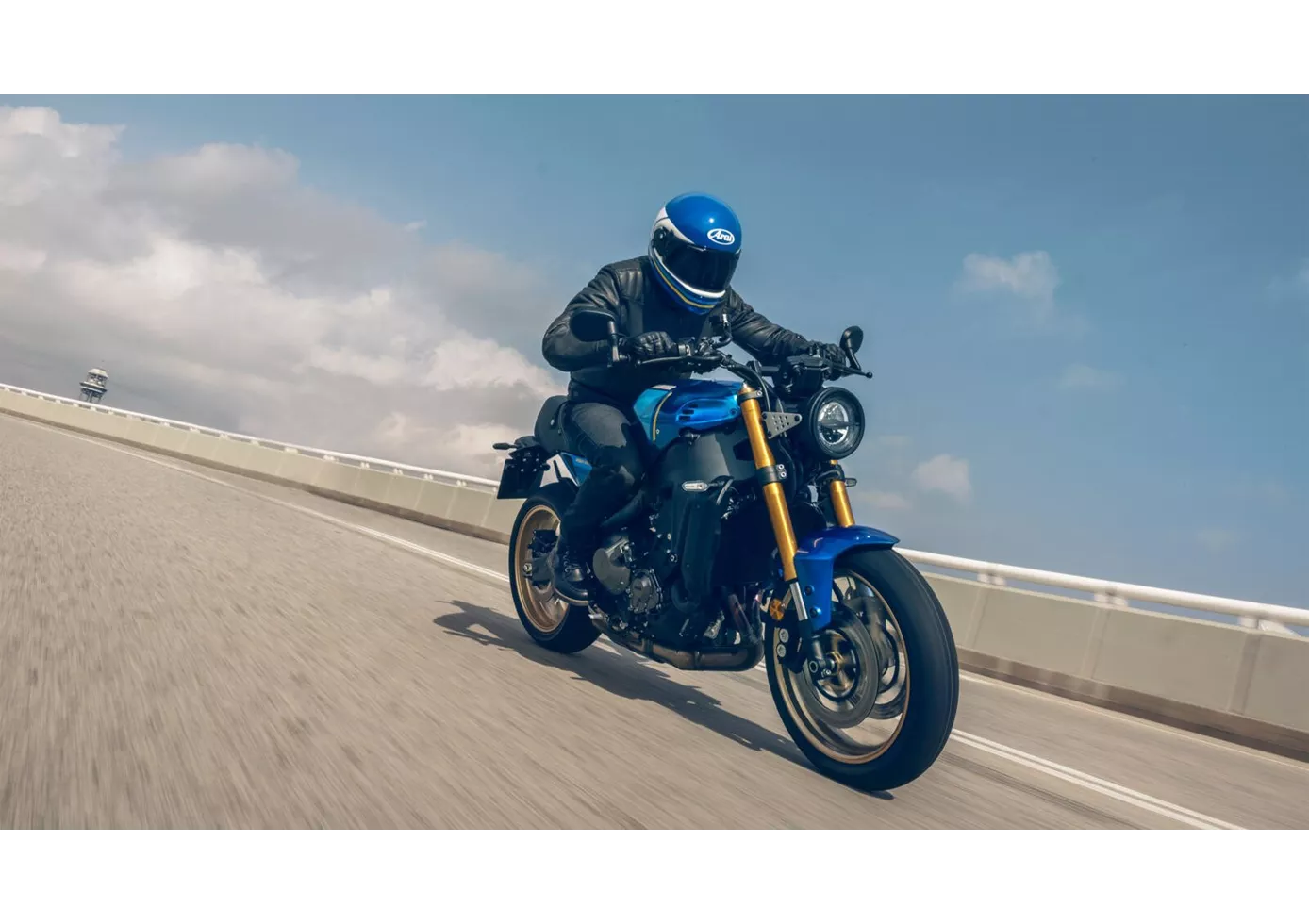
The XSR900 in no way wants to hide the fact that it uses the MT-09 as its basis. With a full electronics package, powerful three-cylinder and sporty chassis components, you can be incredibly sporty on this retro bike. Hopefully you'll just find a more comfortable seat in the accessories soon - because it's going to take a lot of stops on the standard seat.
Price Comparison Avarage Market Price Kawasaki Z900 vs Yamaha XSR900
There are a few key differences between a Kawasaki Z900 2019 and a Yamaha XSR900 2022. In terms of price, the actual average price of a Yamaha XSR900 2022 is about 15% higher. A Kawasaki Z900 2019 experiences a loss of 230 USD in one year of ownership. This is offset by a loss of 290 USD for a Yamaha XSR900 2022. Compared to Yamaha XSR900 2022 there are less Kawasaki Z900 2019 bikes available on the 1000PS.de Marketplace, specifically 40 compared to 59. It takes less time to sell a Yamaha XSR900 with 97 days compared to 116 days for the Kawasaki Z900. Since model year 2017 1000PS.de editors have written 46 reviews for the Kawasaki Z900 and 30 reviews for the Yamaha XSR900 since model year 2016. The first review for the Kawasaki Z900 was published on 11/11/2016 and now has more than 93,200 views. This compares to more than 17,600 views for the first review on Yamaha XSR900 published on 11/25/2015.

